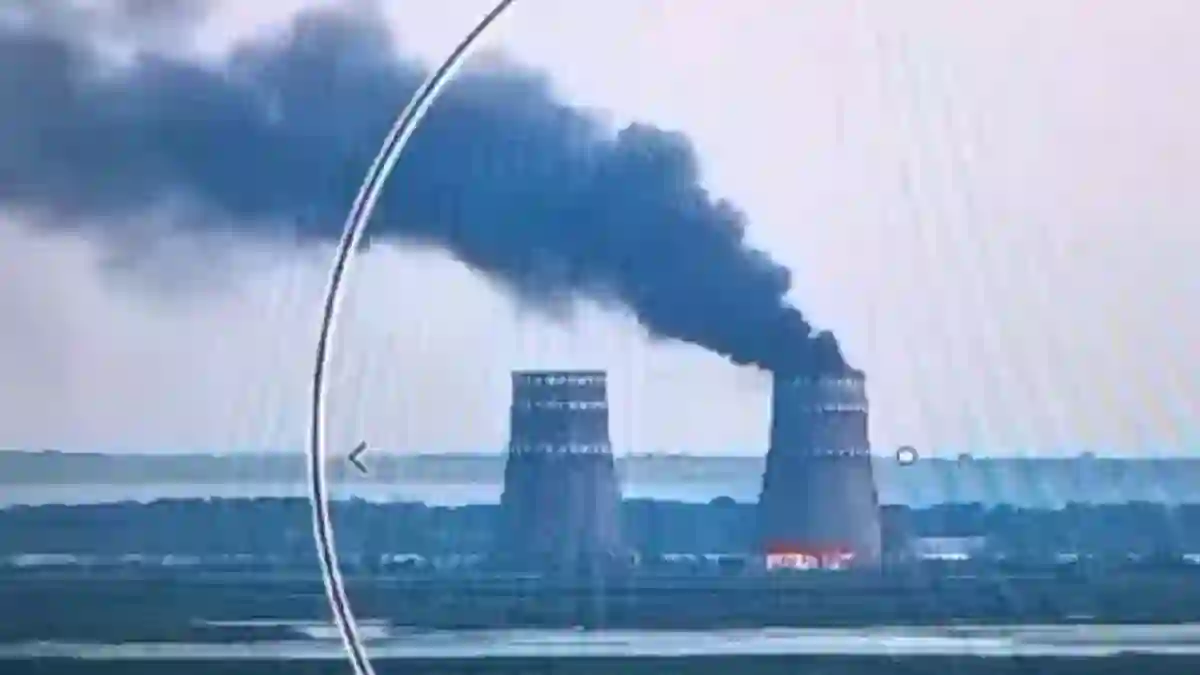The threat of nuclear disaster in Ukraine has resurfaced—again.
This time, it’s because the Zaporizhzhia Nuclear Power Plant, Europe’s largest, has been completely cut off from external electricity.
The plant, already shut down for months, now finds itself dependent on emergency diesel generators to keep its crucial cooling systems running.
Power Cut for the Ninth Time Since the War Began
On Friday, the International Atomic Energy Agency (IAEA) revealed that the facility lost all off-site power at 5:36 p.m. local time.
It’s the ninth time this has happened since Russia’s full-scale invasion of Ukraine began in February 2022—and the first time since late last year.
Without power, even though the reactors are inactive, the plant’s cooling systems can’t function properly.
That poses serious risks for radiation safety.
Damaged Power Line Blamed on Russia
Ukraine’s Energy Minister, German Galushchenko, didn’t hold back in his assessment. He said that the power line linking Zaporizhzhia to the broader power grid was deliberately destroyed by Russian forces.
That power line played a key role in keeping safety systems at the plant operational—even while the plant hasn’t been generating electricity during the occupation.
Plant Still in Russian Hands, But Not Operational
Russian troops have occupied the nuclear site since the early days of the war.
Although they hold control, there’s been no effort to restart the facility’s operations.
UN nuclear inspectors confirmed as recently as May that there’s no sign of Russia trying to bring the plant back online.
For now, the reactors remain cold—but the danger hasn’t disappeared.
Constant Danger Near the Frontlines
The Zaporizhzhia plant lies just 80 miles up the Dnieper River from the Kakhovka dam, which suffered catastrophic damage in June 2023.
The surrounding region remains highly unstable, with regular shelling and military activity.
Both Ukraine and Russia have traded blame for these attacks, and experts fear that any misfire could trigger a radiation emergency.
A History of Close Calls and Blackouts
The current situation is just the latest chapter in a long list of nuclear near-misses.
Since the war began, the plant has been knocked off Ukraine’s power grid several times, raising alarms each time.
It’s experienced eight previous full blackouts, many of which pushed the facility to the brink of disaster.
Thankfully, so far, emergency systems have prevented catastrophe.
Last Year’s Attack Hit One of the Reactor Domes
In a chilling reminder of the ongoing risks, the plant came under attack last year too.
One strike even hit the dome of the sixth power unit.
While there was no major damage or radiation leak, the IAEA called the incident “serious,” especially since it could have compromised the reactor’s containment structure.
One person was injured, and three “direct hits” were confirmed on nuclear-related infrastructure.
UN Nuclear Watchdog Continues to Monitor
The IAEA has been closely monitoring Zaporizhzhia since the start of the war.
On Friday, it reiterated its concerns via a post on X (formerly Twitter), saying that while nuclear safety hasn’t been compromised yet, the latest power loss is a dangerous development.
Rafael Grossi, the agency’s chief, stressed that these repeated incidents risk undermining the very integrity of the reactor’s safety systems.
Zaporizhzhia City Remains at Risk
The nearby city of Zaporizhzhia—just 35 miles from the plant—was home to 750,000 residents before the war.
Many have since fled, but the nuclear site’s vulnerability remains a looming threat to anyone left in the region.
With both sides continuing to clash in the area, fears of a potential Chernobyl-style disaster are never far from the surface.
What Happens Next?
As the story develops, more updates are expected.
For now, the Zaporizhzhia nuclear plant is running on backup power, but its long-term safety remains in question.
Until full power is restored and military tensions ease, the risk of an accident—or worse—remains dangerously high.



